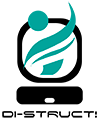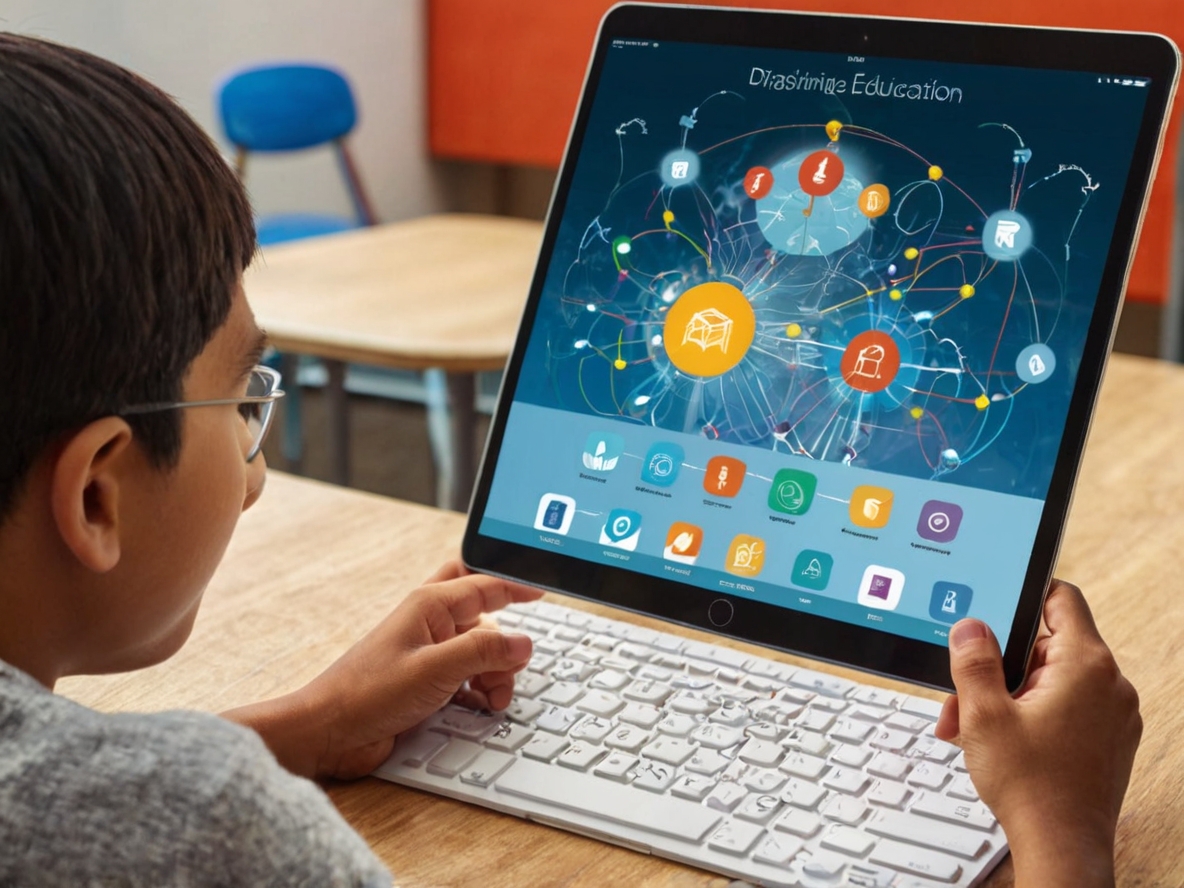In the month of April, following the learning completion of the Di-Struct modules, our teachers eagerly embarked on the journey of integrating new digital tools into their lesson plans. We were keen to hear about their experiences and insights. Here’s what they shared:
“Engaging in this project encouraged me to explore and become acquainted with digital tools that fit into the educational context and promote a more autonomous pedagogical practice adaptable to each student. I also see the opportunity to improve feedback and monitor student progress. In fact, by deepening my digital skills, I will also be developing students” digital competencies.” said Fátima Freixial, Maths Teacher and Class Tutor
António Henriques, Economics Teacher, said his biggest motivation was “To be part of the digital transformation process in the classroom.”
José Costa, our IT and VET teacher, said “Being aware that technology can make learning more interesting and fun, developing my digital skills might provide me with resources to become a better teacher and also help my students to succeed. It’s always good to try new things and making the classroom a better place.”
“This project allows to improve and develop my skills in the use of digital tools to enhance the teaching and learning process. I believe that these tools contribute for the student motivation, as it makes content more attractive and dynamic.” said Teresa Braga, Business Administration Teacher.
Hugo Janota, our IT teacher and Integration Area said “This project is proving to be an asset for developing skills related to the integration of technology into my students’ learning process. With this knowledge, I will have the opportunity to further motivate my students.”
Célia Lucesoli, Economics teacher said “In a world where there is very little in our lives these days that doesn’t have some form of digitization, these projects have several advantages:
- Easy to track student progress and possibility to make adjustments to allow quick progress
- There’s an online record of all work that’s completed as well as attendance and the results of exams.
- Make learning more fun, which in turn will raise the retention of the content taught in the lessons.”
Cristina Basílio, our Portuguese teacher and Erasmus projects coordinator, said “My goal is to empower my work as a teacher with essential digital skills and equip me with the knowledge and tools needed to implement flipped or other learning methodologies effectively. With the comprehensive training and support provided in this project, I aim to create engaging and interactive learning experiences with impact in students. Another aim is to foster a collaborative and dynamic learning environment as a student of this course to bring the experience into my classes. By nurturing my proficiency in digital technology, I aspire to enhance the overall educational experience and facilitate students’ academic success.”
As our teachers reflect on their experiences with the Di-Struct project, it’s evident that they have embraced the opportunity to enhance their teaching practices through digital innovation. From fostering autonomy and adaptability in pedagogy to envisioning classrooms as dynamic hubs of technological integration, their testimonies underscore the profound impact of this initiative. With newfound skills and perspectives, they are now able to inspire and motivate students in ways that transcend traditional boundaries, enriching the educational journey for all involved.
Cheila Mateigueira




